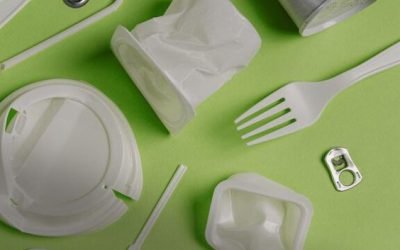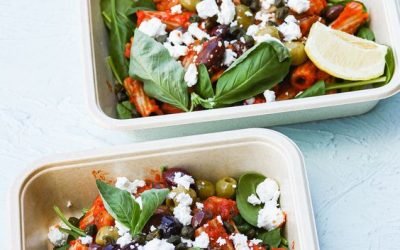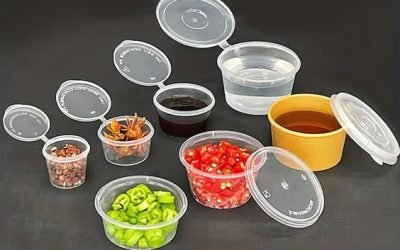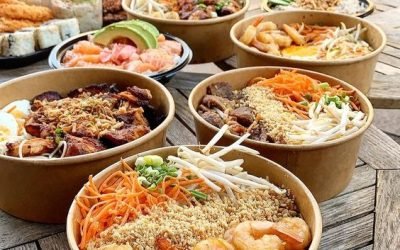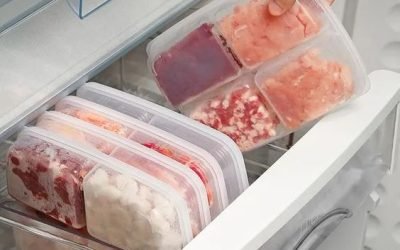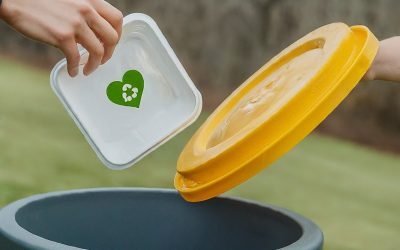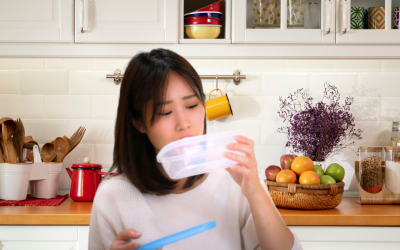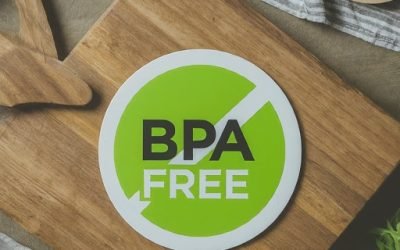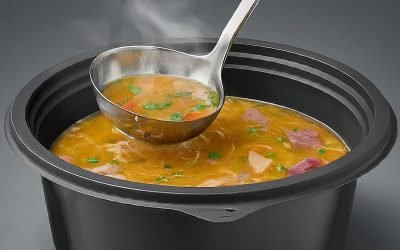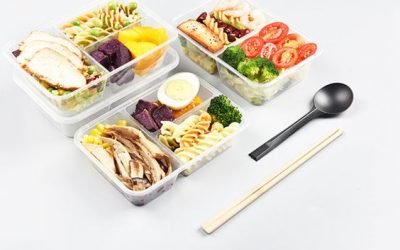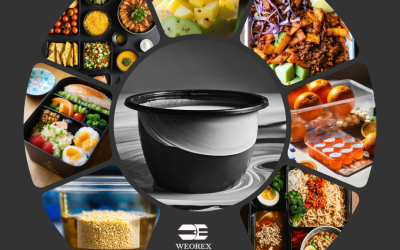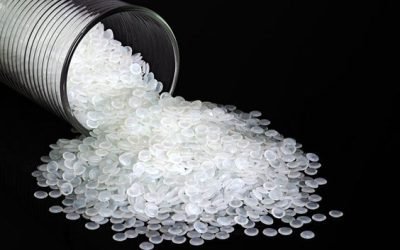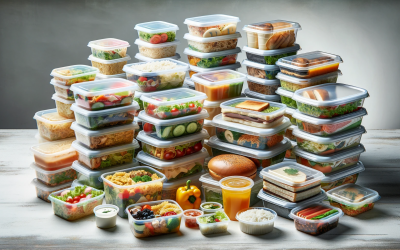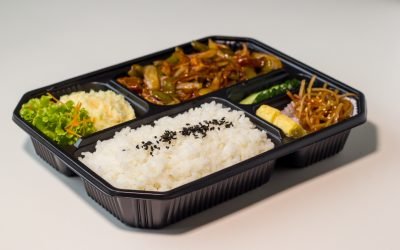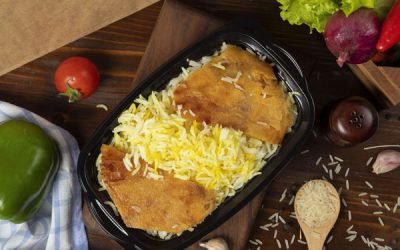Blogs
How to Responsibly Dispose of Polypropylene (PP) Food Containers
Proper disposal of polypropylene (PP) food containers is crucial for minimizing environmental impact. PP containers, identified by the recycling code ‘5’, are widely used due to their durability and heat resistance. The recycling process for PP involves collection, sorting, cleaning, shredding, and processing, but faces challenges such as contamination and sorting difficulties. To recycle PP containers responsibly, thoroughly rinse and sort them from other recyclables.
Consumers can reduce plastic waste by switching to reusable containers made of glass, stainless steel, or silicone, and by choosing biodegradable or compostable options. Supporting sustainable packaging and participating in local recycling initiatives also contribute to environmental protection. By understanding the recycling process and adopting eco-friendly practices, consumers can significantly reduce their plastic footprint.
Can Bagasse products withstand high temperatures?
Bagasse, the fibrous residue left after sugarcane processing, has found new life as a sustainable alternative for various products, including tableware. Its remarkable heat resistance makes it perfect for serving hot meals and liquids without warping or melting, unlike plastic alternatives. Bagasse is not only heat-resistant but also biodegradable, leakproof, and stylish, offering a multitude of benefits beyond its eco-friendly nature. By making the switch to bagasse products, you can embrace sustainability with confidence, knowing you’re making a positive impact on the environment.
How Does Bagasse Decompose
Bagasse, the fibrous byproduct of sugarcane processing, decomposes naturally due to microbial activity, moisture, and aeration. It breaks down into nutrient-rich compost within about 90 days under optimal conditions. This eco-friendly material offers minimal environmental impact, making it a sustainable alternative to traditional plastics. Choosing bagasse disposable tableware promotes sustainability by reducing waste and supporting a circular economy.
10 Benifits of Disposable Food Storage packaging
the versatility and sustainability of Weorex’s disposable food storage solutions. From perfect sizes for any occasion to eco-friendly materials, our containers simplify meal prep and storage. Enjoy hassle-free reheating with microwave-safe convenience and keep food fresher for longer with our reliable designs. Trusted by professionals and accessible online or in stores, Weorex offers leak-resistant, stackable containers that meet stringent safety standards. Customize your packaging while maximizing affordability. Experience the future of food storage with Weorex, where convenience meets sustainability in every container.
WHICH KIND OF PACKAGING DOES NOT NEED ANY PROTECTION
In response to growing environmental concerns, the demand for sustainable packaging solutions for PP container boxes is rising. As a leading supplier and exporter, we prioritize eco-friendly alternatives like biodegradable plastics and recycled materials. Through innovation and consumer education, we’re driving progress towards a greener future where PP container boxes minimize environmental impact and promote sustainability.
What is the Best Plastic for Storage?
Polypropylene (PP) plastic containers are hailed for their durability, versatility, and practicality in storage solutions. They excel in withstanding extreme temperatures, offer chemical resistance, and are microwave and dishwasher safe. PP containers are lightweight, stackable, and transparent, aiding in easy organization. With BPA-free and recyclable properties, they’re both eco-friendly and cost-effective. Their durability, transparency, and adaptability make them the go-to choice for various storage needs.
Is Recycled PP Food Container Safe? Your Eco-Friendly Food Storage Guide
Recycled polypropylene (PP) food containers offer a safe and eco-friendly alternative to virgin plastic. While concerns about contamination and chemical leaching exist, rigorous FDA standards and quality control measures mitigate the risks. Choosing trusted brands, avoiding microwaving, handwashing, and checking recycling symbols are recommended practices. Ultimately, PP containers reduce landfill waste, conserve energy, and offer cost-effective solutions, making them a viable option for environmentally conscious consumers.
If PP Food Container is Making Smell: Causes and Solutions
Summer brings sunny days and outdoor picnics, but it can also spell trouble for your PP food containers. As temperatures rise, so does the risk of odors developing in your containers. To combat this, ensure thorough cleaning after each use, try soaking them in a baking soda solution, utilize sunlight exposure to kill bacteria, and store them in a cool, dry place. By following these simple tips, you can keep your PP food containers smelling fresh and ready for all your summer adventures!
How to Determine if Plastic is BPA-Free?
The article explores the risks associated with Bisphenol A (BPA) in plastics, emphasizing its potential health effects and the importance of choosing BPA-free alternatives. It provides tips for identifying BPA-free plastics, such as checking labels, recycling codes, and considering material composition. Ultimately, opting for BPA-free products is seen as a crucial step towards promoting personal health and encouraging industry transparency and accountability.
Is polypropylene plastic capable of withstanding high temperatures?
Polypropylene (PP) plastic is renowned for its versatility and affordability in everyday items, including food containers. This blog delves into PP plastic’s heat resistance properties to answer the question: Can PP plastic handle heat? PP plastic, a thermoplastic polymer formed through propylene monomer polymerization, boasts impressive heat resistance, with a melting point ranging from 130°C to 171°C. Factors like grade, thickness, and additives influence its heat resistance. PP plastic finds widespread use in food packaging, automotive components, and medical devices due to its ability to withstand elevated temperatures. However, it’s crucial to avoid extreme heat exposure and use microwave-safe containers. Regular inspection for damage ensures safety and functionality. Overall, understanding PP plastic’s molecular structure and handling tips maximizes its longevity and performance, showcasing its reliability across diverse industries.
Best PP Exporter in India: Weorex, Where Quality Meets Sustainability
Discover Weorex: Your top choice for premium PP food containers in India. Weorex excels in crafting quality containers using virgin PP resins, ensuring durability and leak-proof performance. Sustainability is key – our containers are 100% recyclable, with ongoing efforts to incorporate recycled content. Customized solutions tailored to your brand and product needs set us apart. With extensive expertise and a global reach, Weorex ensures compliance with international standards and offers competitive pricing. More than exporters, we’re partners committed to your success, offering expert consultation, streamlined logistics, and marketing support. Choose Weorex for superior PP containers and embark on a journey towards sustainable packaging excellence.
Why PP Food Containers Are suitable for Food Storage
Why PP Food Containers Are Suitable for Food Storage PP is a food-grade plastic, approved by agencies like the FDA and EFSA, guaranteeing its safety for food storage. Its chemical inertness ensures no harmful substances leach into the food, preserving its integrity....
Polypropylene vs Plastic: The Clear Winner for Food Storage
Polypropylene vs Plastic: The Clear Winner for Food Storage When it comes to choosing the right food containers, the experts at Weorex, a leading PP food container exporter, understand that material matters. Let's break down the key differences between the specific...
The Takeaway Revolution: How Weorex Boxes Are Catering to a Busy World
In today’s fast-paced world, Weorex Boxes redefines the takeaway experience with its blend of convenience and sustainability. Crafted from eco-friendly materials, these containers preserve meal quality while minimizing environmental impact. Their versatility caters to diverse tastes, promoting responsible consumption without compromising flavor. Integrated seamlessly into modern tech, they facilitate effortless ordering, shaping a future where innovation and environmental consciousness coexist harmoniously.
Advantages of Exporting PP Food Containers
Exploring the Advantages and Benefits of Exporting PP Food Containers Disposable food containers have become increasingly popular in recent years as more people opt for convenience and portability in their meals. These containers are designed for single use and are...
polypropylene food containers
In the packing industry, we step into the 21st century with modern methods and cost-effective solutions. There are different types of plastic around here but we are talking about polypropylene (PP). The following section provides a detailed explanation of...

